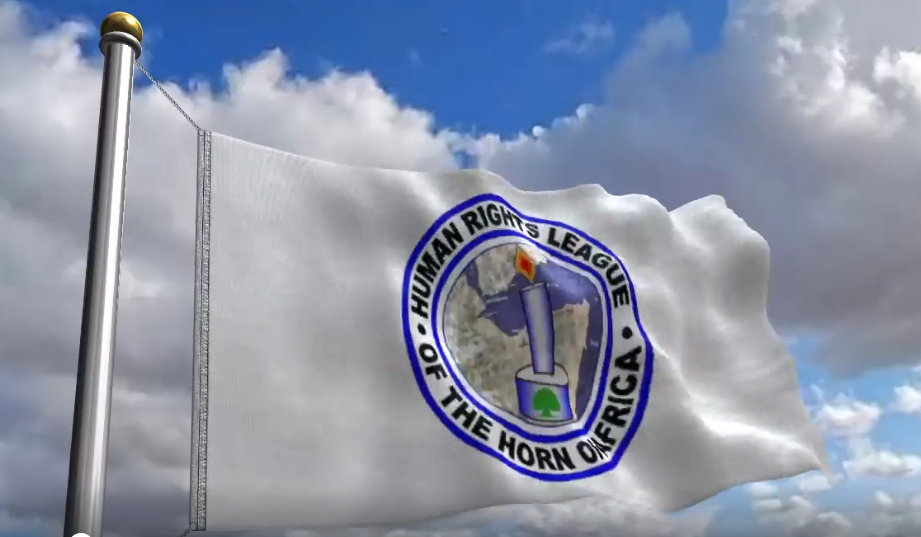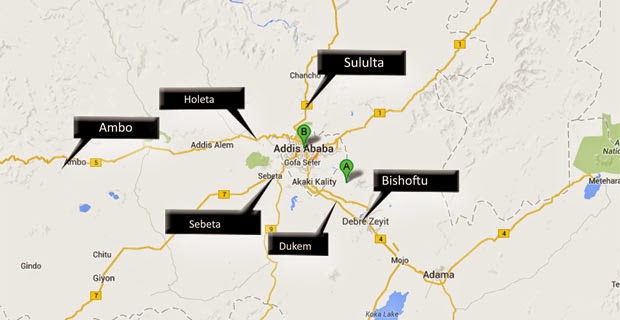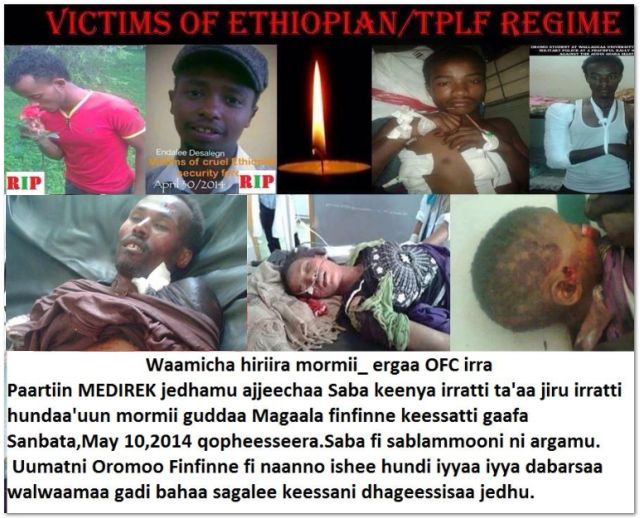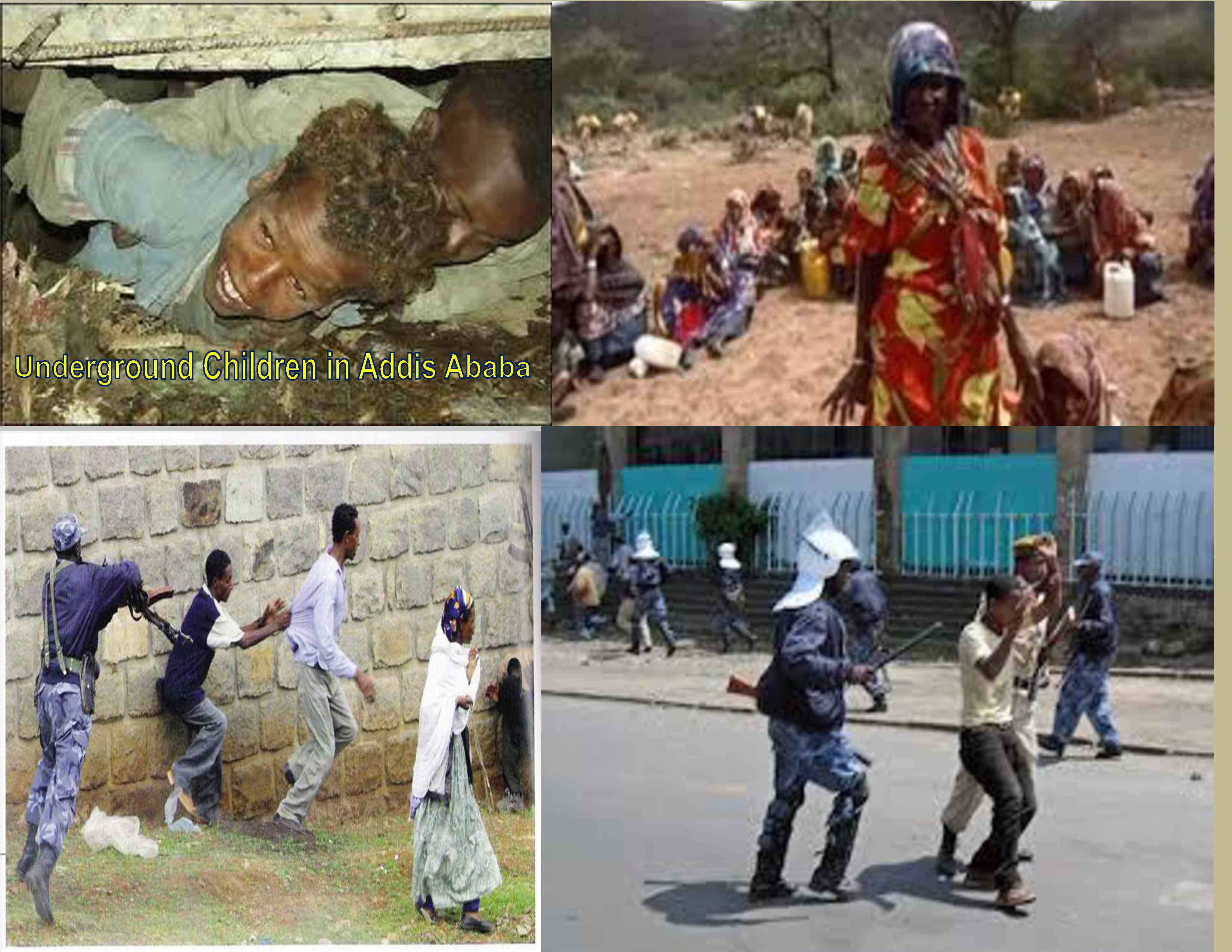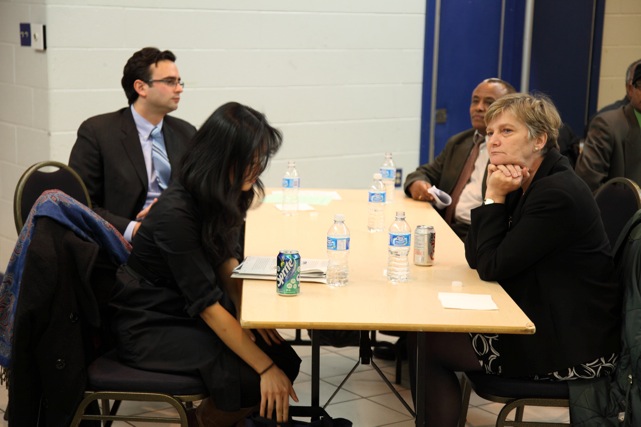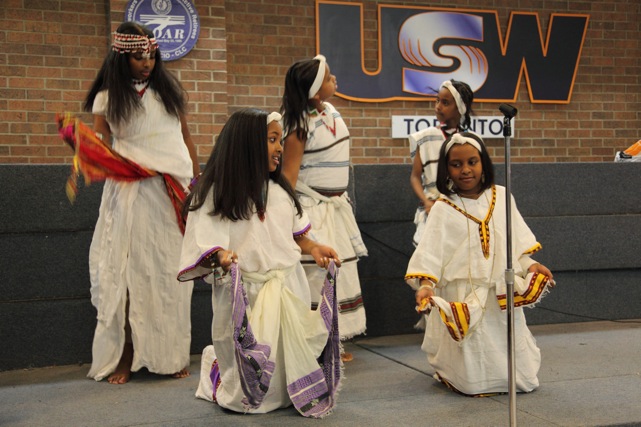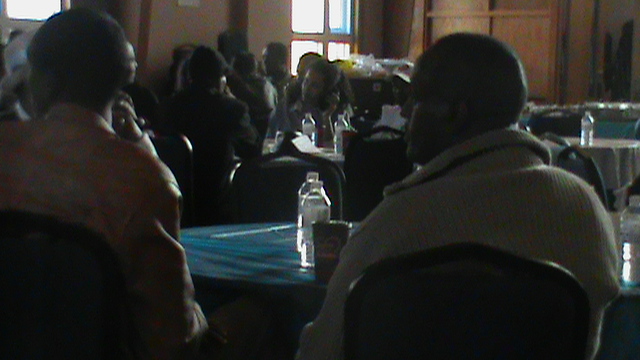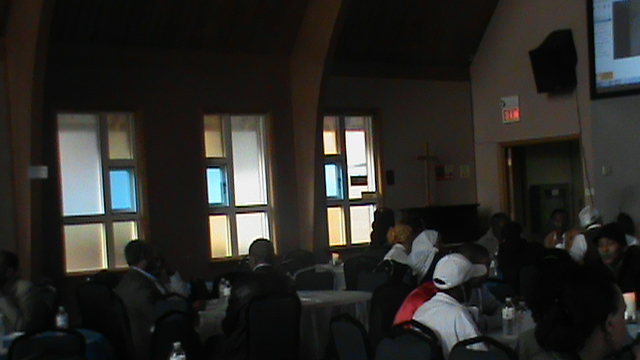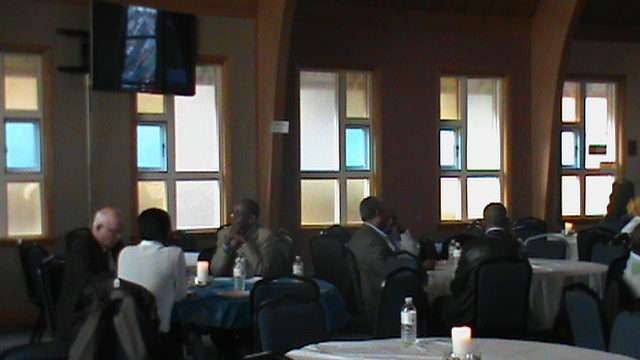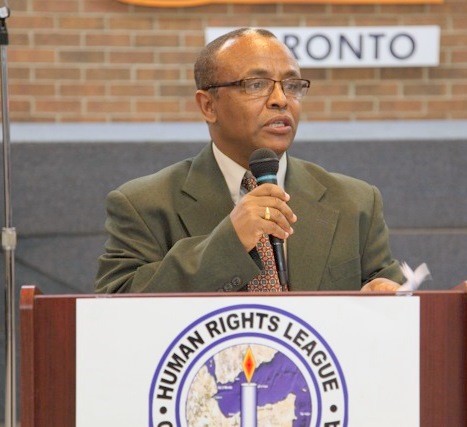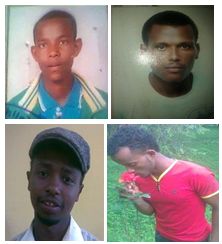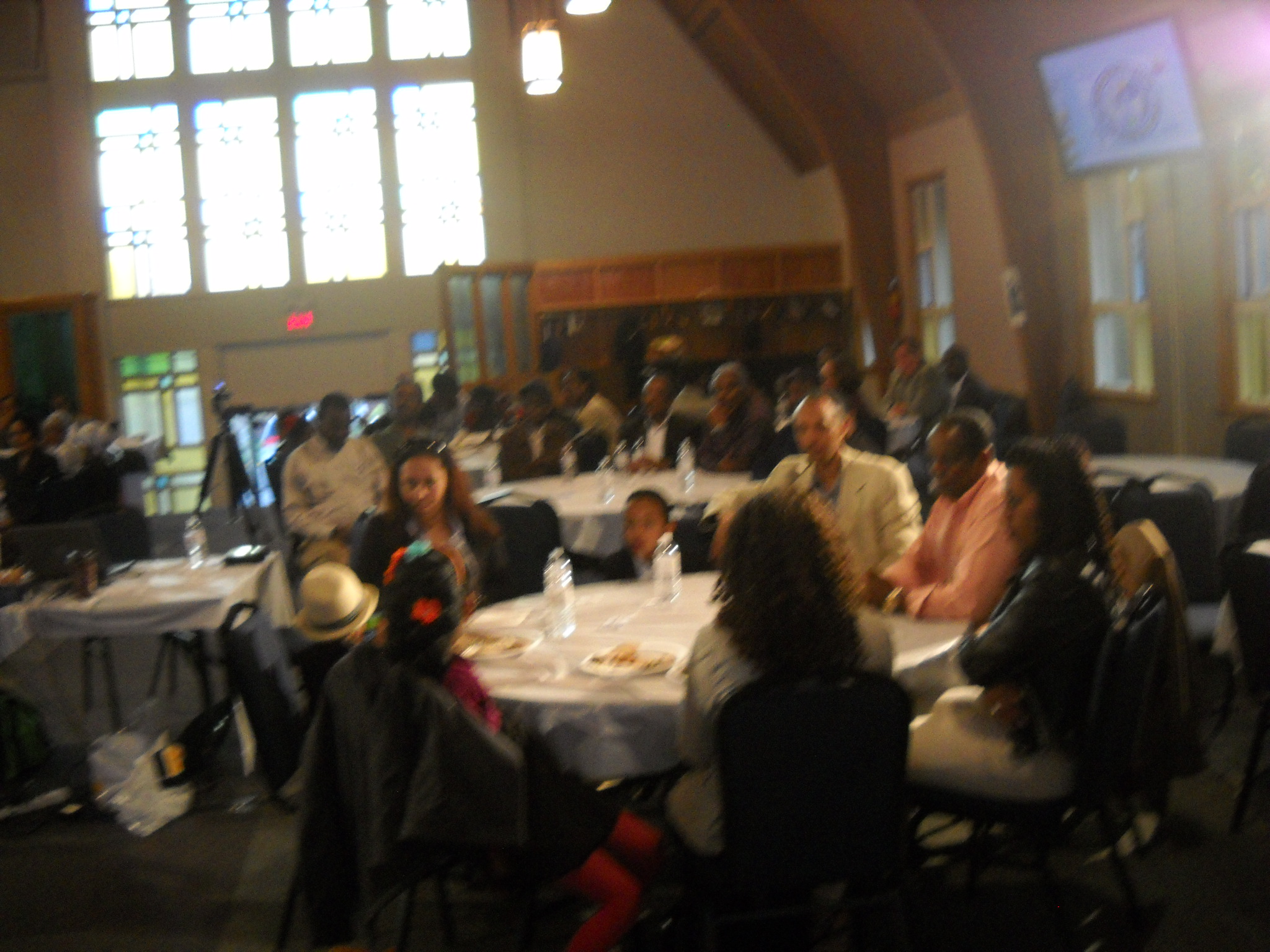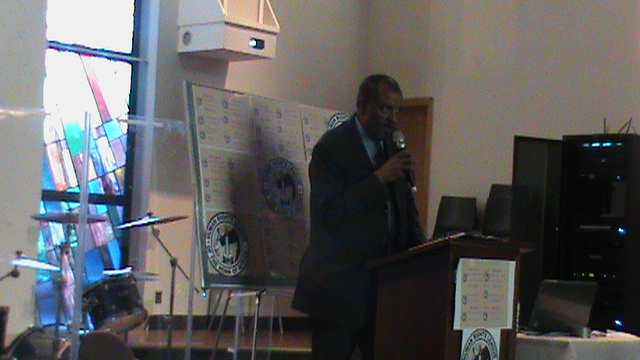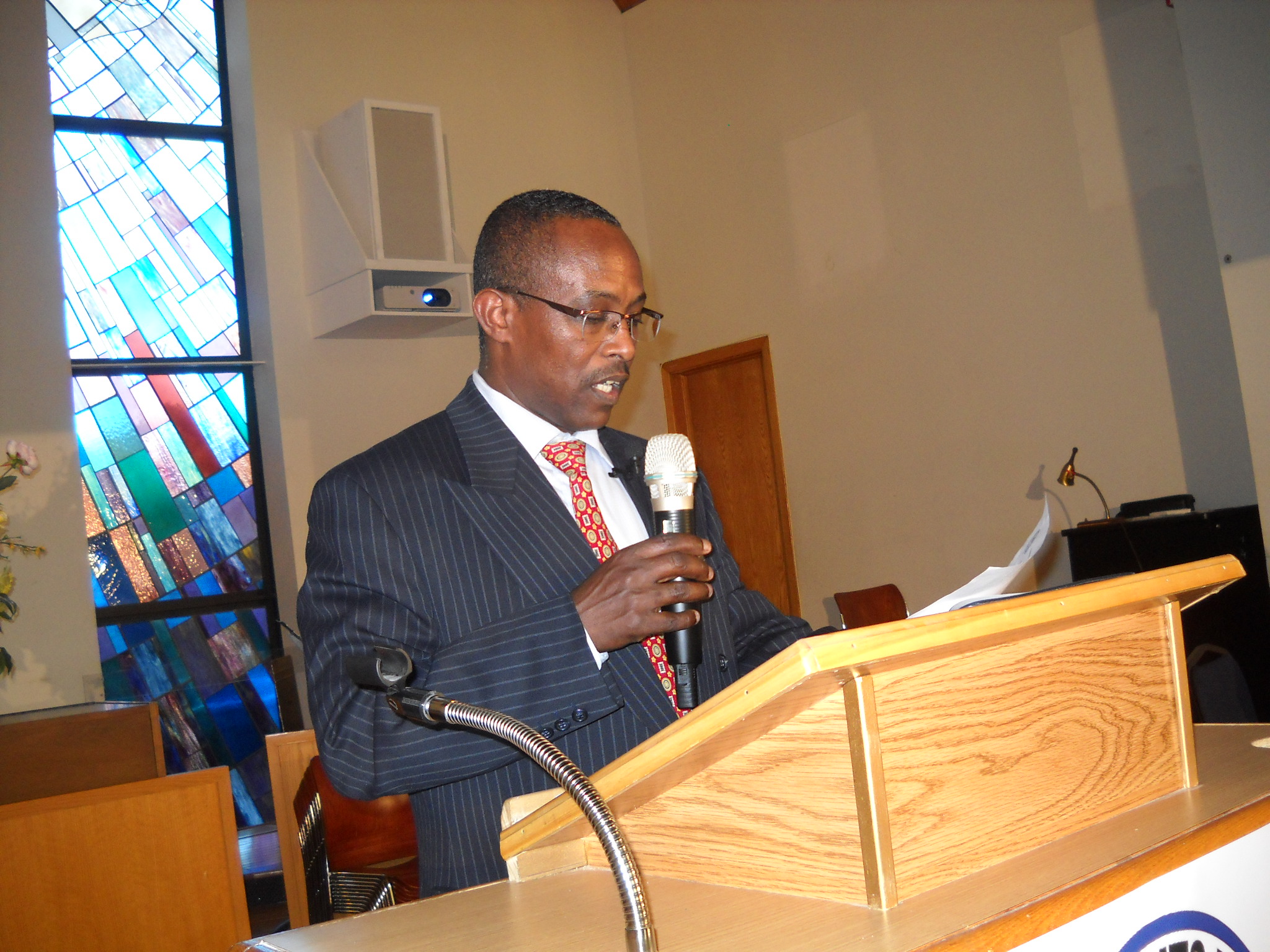HRLHA’s Statement on the Draft Law on Oromia’s Special Interest in Addis Ababa
July 3, 2017
Addis Ababa (built on the place named Finfine) was like other colonial cities around the world was built by colonizers on the site of pre-existing Oromo populations in the last quarter of the nineteenth century (1886). This situation had and continues to have, a tremendous effect on the way Oromos define themselves in cities built on sites that were their original homes, or the homes of their relatives until now. The Addis Ababa City currently encloses, or is adjacent to, Oromo settlements, so the urban boundary is quite present in Oromo people’s daily lives. This is reflected in the way that the Oromo people have maintained their diverse identities while living in the city center, and in the complexity of the challenges, they face in these settings. The Oromo people tend to see themselves through the prism of their relatedness to others within their nation, and it is this sense of place that provides roots to the Oromo Community. As a result of the fluidity of the boundary of Addis Ababa, the Oromos living around the city tend to be highly mobile. Their movements to and from Addis Ababa, on the one hand, mark their self-identification with their birthplaces despite their actual settlements in Addis Ababa areas, suggesting that the city is not altogether disconnected from communities in rural areas. On the other hand, high mobility reflects a push-pull effect or conflict with the capital, whereby movements are due in part to the numerous challenges people face, such as securing their cultural identity, finding culturally appropriate services, facing discrimination and violence, and acquiring a stable place to live. These issues lead to a constant daily restructuring of their lives that contributes to their vulnerability. As the challenges perpetuate, so does cultural isolation and economic marginalization, and growing gaps in access to education and continuity of services. This colonial encroachment onto Oromo lands in the last quarter of the nineteenth century and all kinds of abuses against Oromos has forced Oromos to react and engage in a struggle to reclaim and regenerate their relational, place-based existence by challenging the ongoing, destructive forces- starting from day one of colonization. A multigenerational and multifaceted process of forced dispossession and acculturation -a disconnection from land, culture, and community—has resulted in political chaos and social discord within the country.
After many years, the multi-dimensional struggle against discrimination, marginalization, and all kinds of human rights abuses, the colonial structure was finally decimated in 1991.
After a victory over colonial supremacy and a dismantling of its structure, to find a solution for the complex and deep greivance of Oromo people in and around Addis Ababa, which has been part of the large problem in Oromia, was proposed and enshrined in the 1995 Ethiopian constitution article 49(5) as ” The special interest of the State of Oromia in Addis Ababa, regarding the provision of social services or the utilization of natural resources and other similar matters, as well as joint administrative matters arising from the location of Addis Ababa within the State of Oromia, shall be respected. Particulars shall be determined by law.”
However, the government of Ethiopia Led by TPLF/EPRDF has continued to rule the country for the past 26 years using the abusive system of the colonial era that undermined the 1995 Ethiopian Constitution provisions which allowed Oromos to earn a benefit from Addis Ababa.
Instead of implementing what was apparently enshrined in the 1995 Ethiopian constitution- the interest of Oromia on Addis Ababa- the reckless Ethiopian government has committed more crimes by evicting hundreds of thousands of Oromos and sold their lands to investors or distributed the lands to its members for free. Continuing its systematic marginalization and abusive plan, the TPLF/EPRDF government has
developed a new plan of dispossessing Oromos of their lands under the pretext of “The Addis Ababa Master Plan” which became public in 2014, and was designed to annex the surrounding 36 Oromo towns by evicting an estimated over four million Oromos. The Oromo people of all walks of life united to stand against the TPLF/EPRDF plan to confiscating of Oromo land by displacing millions of Oromos from their livelihood.
During the Oromo social movement, which began in April 2014 and up to the state of emergency declared on October 8, 2016, over 2,500 Oromos have been killed by TPLF/EPRDF killing squads, and over 70,000 incarcerated, and more thousands forcefully disappeared.
Regarding the recent Draft law on Oromia’s Special Interest in Addis Ababa
After all this political chaos in Oromia, the TPLF /EPRDF publicized the so-called “The Draft Law on Oromia’s Special Interest in Addis Ababa” on June 30, 2017.
Under the ” The Draft Law on Oromia’s Special Interest in Addis Ababa ” have been listed some provisions in which the core problem, the fluidity of the boundary of Addis Ababa, was not included or mentioned. Though the Transitional Period Charter of Ethiopia and the 1995 Constitution of Ethiopia declared the special interest of the Oromo people from Addis Ababa included limiting its excessive expansion, Addis Ababa has continued to expand by an undisclosed additional amount every year for over 26 years at the expense of the Oromo people residing in and around the city.
The official document ” The Draft Law on Oromia’s Special Interest in Addis Ababa” has to say what happened and state what adjustments need to be made regarding the loss of lives and properties in the past 26 years that have occurred through the reckless acts of TPLF/EPRDF federal government and the Oromo People Democratic Organization authority members
The document exposes the hidden secrets of the TPLF/ EPRDF- the plan to continue its design of the expansion of the Addis Ababa city into the surrounding towns and rural areas under the pretext of utilization of natural resources.
For example, from many listed under the utilization of natural resources, we find ” the provision of urban bus and taxi services, as well as the train services and Railtrack expansion, shall take into account the surrounding cities of Oromia.” This is tangible evidence that the TPLF/EPRDF government’s plan to continue with the dream of “Addis Ababa Master Plan” is keeping the fluidity of the boundary of Addis Ababa unchecked.
Most interestingly, the Draft Law on Oromia’s Special Interest in Addis Ababa has incapacitated the inherent rights of the Oromo People’s Democratic Front (OPDO) Authorities on Addis Ababa by making them the recipients of a piece of land from the City of Addis Ababa Administration to build administration offices for Oromo officials.
In general, the so-called “The Draft Law on Oromia’s Special Interest in Addis Ababa” which was proclaimed on June 30, 2017, will not provide productive solutions to the longstanding grievances of the Oromo people. The deeply rooted Oromo nation’s grievances, which have lasted over a century, require a transparent, radical solution based on domestic and international standards, including the right to self-determination that is asserted and acted upon, not negotiated or offered freely by the state.
In conclusion, to calm down the political and humanitarian crisis in Oromia and bring the sustainable solution, the TPLF/EPRDF government of Ethiopia must think twice and act based on the international standards. It must put aside its confusing and very poorly crafted proclamation, the so-called ” Draft law on Oromia’s Special Interest in Addis Ababa.”
